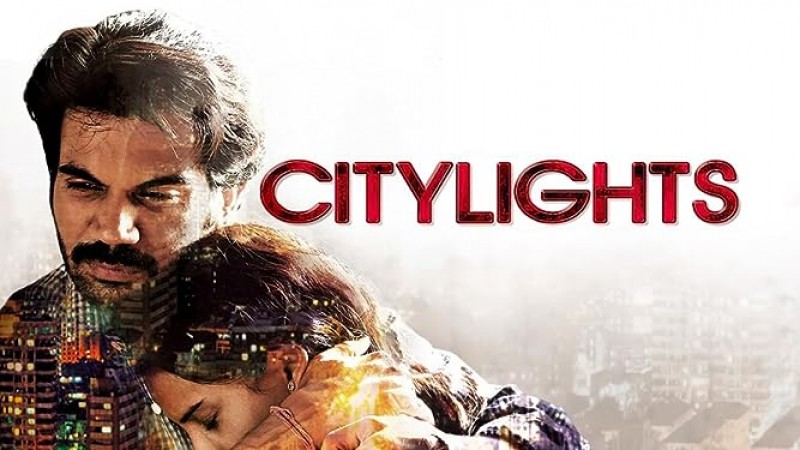
Stories in the world of cinema frequently cross national boundaries and cultural barriers, connecting with viewers everywhere. One such instance is the compelling storyline of "City Lights," a critically acclaimed Indian translation of the Filipino film "Metro Manila." Both films explore the harsh realities of urban life, poverty, and the struggle for a better future, but they do so from different perspectives and with different cultural inflections. The journey of "City Lights" and its distinctive interpretation of the source material will be discussed in this article.
Understanding the history of "City Lights" is crucial before delving into the Indian adaptation. Sean Ellis' 2013 film "Metro Manila," which depicts life in the bustling metropolis of Manila in all its raw and unvarnished reality, was well-received by critics. The story of Oscar Ramirez, a rural farmer who moves his family to the city in search of better opportunities, is told through the journey he takes. As soon as they arrive, they discover that life in the urban jungle is very different from what they had anticipated.
The film examines the stark differences between rural and urban life, the difficulties associated with survival, and the moral choices that its characters must make. "Metro Manila" made an enduring impression on the film industry with its compelling story and real-life performances.
In 2014, "Metro Manila" was chosen to be adapted for the Indian market by director Hansal Mehta, who is well known for his preference for films that are socially conscious and thought-provoking. It was not an easy decision to remake a movie that had received such high praise, but Mehta was convinced that the themes of the story were timeless. He tried to retain the essence of the original while adapting the story to the Indian context.
Casting played a crucial role in the conversion of "Metro Manila" to "City Lights." Oscar Ramirez's Indian counterpart, Deepak Singh, is played by Rajkummar Rao, who is renowned for his versatile acting abilities. In order to accurately portray the struggles and goals of a rural immigrant in the busy metropolis of Mumbai, Rao's portrayal was essential. He gave a subtle performance that struck a chord with the viewers.
Character growth in "City Lights" adhered to the spirit of the original work. Like Oscar Ramirez, Deepak Singh is a man who is driven to give his family a better life. The original film's examination of the contrast between rural and urban life is mirrored in his journey from rural Rajasthan to urban Mumbai. Finding work, affordable housing, and navigating the complexities of city life are just a few of the difficulties Deepak must deal with. These difficulties are similar to those Oscar faced in "Metro Manila."
The main plot of "City Lights" stays true to "Metro Manila," but it also includes cultural adaptations to make the story more relatable to Indian audiences. The movie examines the unique difficulties faced by migrants in Mumbai, including linguistic and cultural barriers as well as the harsh realities of slum living.
Similar to how "Metro Manila" depicted the hectic, chaotic streets of the capital of the Philippines, "City Lights" gives viewers a clear picture of Mumbai. With its tall skyscrapers, crowded local trains, and stark economic disparities, the city itself takes on a character of its own in the movie. The cinematography portrays both the allure and the harshness of Mumbai, capturing the essence of its dichotomy.
"City Lights" was widely praised by critics after its debut. The movie received high praise from critics for its potent performances, particularly Rajkummar Rao's portrayal of Deepak Singh. The movie's ability to elicit reflection and empathy from viewers was evidence of the universal themes it dealt with.
The Indian remake of "Metro Manila," "City Lights," successfully adapted a gripping Filipino story to the Indian setting. The movie maintained the spirit of the source material while presenting a novel viewpoint on urban migration and the pursuit of dreams thanks to its outstanding cast, faithful character development, and cultural adaptations.
In the world of cinema, stories frequently cross borders and serve as a reminder of the universal human experiences that unite us all. This phenomenon is brilliantly illustrated by the movie "City Lights," which demonstrates that a compelling narrative can connect with viewers from all walks of life.
The Evolution of 'Hasta La Vista' to 'Hasee Toh Phasee'
The Symbolism Behind 'Hum Hain Rahi Pyar Ke, Phir Milenge Chalte Chalte'